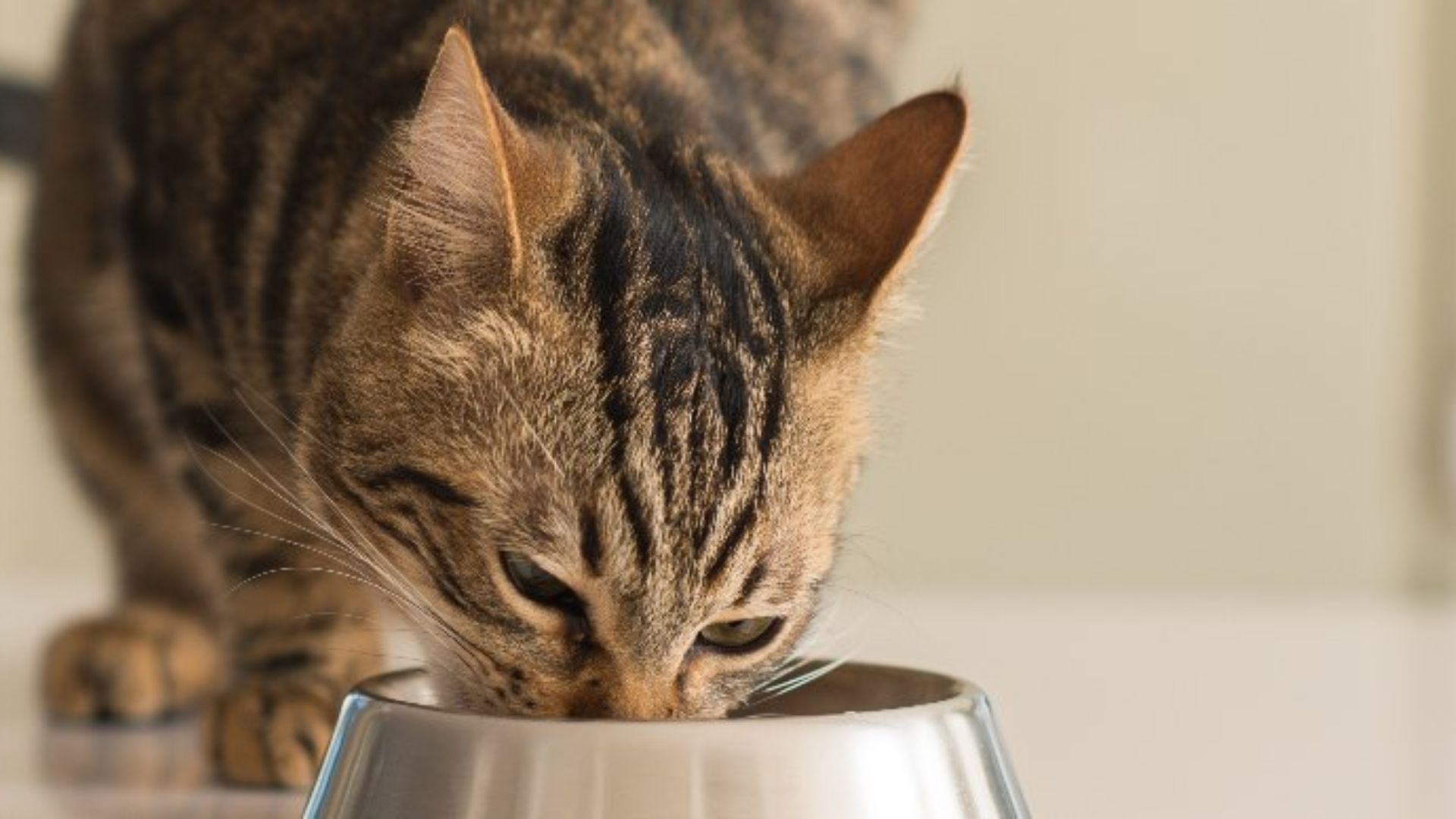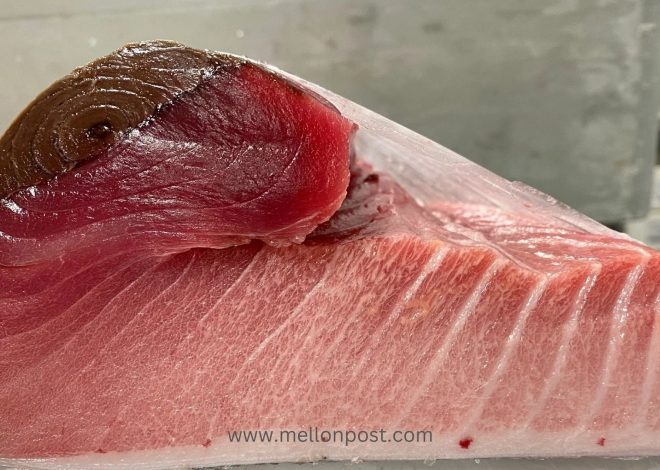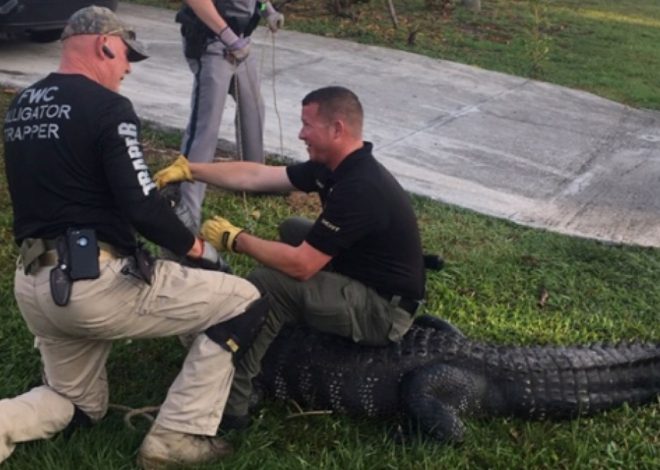
What can cats eat
Table of Contents
Cats can eat a variety of foods, including commercial cat food, which can be wet or dry, and homemade cat food.
Commercial cat food is formulated to meet the nutritional needs of cats, while homemade cat food should be balanced and nutritious, with ingredients such as meat, fish, vegetables, and grains. Note that cats are obligate carnivores, meaning they require meat in their diet to meet their nutritional needs.
Cats should not eat certain foods, including chocolate, grapes, raisins, onions, garlic, alcohol, caffeine, and foods with artificial sweeteners, such as xylitol. These foods can be toxic to cats and can cause serious health problems.
Always provide cats with a balanced and nutritious diet to support their overall health and well-being. Regular veterinary check-ups and consultations can help ensure that cats are receiving the proper nutrition and care they need for a healthy and happy life.
What human food can cats eat ?
Cats can eat a variety of human foods safely, including:
- Salmon: A good source of protein and omega-3 fatty acids, salmon can be a delicious and tasty treat for cats and is often already found in commercial cat foods.
- Chicken: A good source of lean protein, chicken can be a great choice for your cat, as long as it is cooked thoroughly and the skin, which can be fatty, is removed.
- Bananas: Bananas are low in calories and high in fibre, making them a healthy treat for cats.
- Oatmeal: Oatmeal can be a good source of fibre and is safe for cats to eat in moderation.
- Pumpkin: Pumpkin is low in calories and high in fibre, making it a healthy treat for cats. It can also be an effective treatment for cats who suffer from abnormal stools.
- Cheese: Cats can handle some cheese from time to time, as long as it is a hard cheese like cheddar, Swiss, or Gouda. These cheeses are high in calcium and protein and can be easily baked into treats or fed to your cat raw in small amounts.
- Bread: Bread is safe for cats to eat in small amounts, but it should not be a major part of their diet.
- Apples: Apples are safe for cats to eat in small quantities, as long as the seeds, stems, skin, pits, etc. are removed.
- Blueberries: Blueberries are safe for cats to eat in small quantities and are a good source of antioxidants.
- Turkey: Turkey is a lean protein that is safe for cats to eat in moderation, as long as it is cooked thoroughly and the skin is removed.
- Peas: Peas are safe for cats to eat in small quantities and can be a good source of fibre and vitamins.
- Watermelon: Seedless watermelon is safe for cats to eat in small quantities, as long as the rind is removed.
- Strawberries: Strawberries are safe for cats to eat in small quantities and are a good source of vitamin C.
It is important to note that cats are obligate carnivores, meaning they require diets that contain mostly meat. Any human food given to cats should be given in moderation and as a supplement to a balanced and nutritious cat food diet. It is always best to consult with a veterinarian before introducing new foods into a cat’s diet.
What are some vegetables that cats can eat
Some vegetables that cats can eat include:
1. Carrots
2. Peas
3. Spinach
4. Green Beans
5. Broccoli
6. Zucchini
These vegetables can be a healthy and nutritious addition to a cat’s diet when prepared properly and given in moderation. It’s important to ensure that the vegetables are cooked or served in a way that is safe for cats and free from any harmful seasonings or ingredients.
Vegetables that cats should avoid
There are vegetables that cats should avoid. Some vegetables that are not safe for cats to eat include:
1. Onions and Garlic: Onions and garlic can be toxic to cats and should be avoided as they can cause damage to red blood cells and lead to anaemia.
2. Leeks and Chives: These vegetables are part of the Allium family, like onions and garlic, and can also be harmful to cats.
3. Raw Potatoes: Raw potatoes contain solanine, which can be toxic to cats.
4. Tomato Plants: While ripe tomatoes are generally safe for cats, the leaves and stems of tomato plants contain solanine and tomatine, which can be toxic.
5. Avocado: Avocado contains persin, which can be toxic to cats and other animals.
6. Rhubarb: Rhubarb leaves contain oxalates, which can be harmful to cats.
7. Mushrooms: Some mushrooms can be toxic to cats and should be avoided.
It’s important to be cautious and avoid feeding cats any vegetables that are potentially harmful to their health. If in doubt, it’s always best to consult with a veterinarian before introducing new foods into a cat’s diet.
Can cats eat vegetables that are high in oxalate
Cats can eat some vegetables, but not all. Vegetables that are safe for cats to eat include cucumbers, steamed broccoli, carrots, asparagus, peas, bell peppers, spinach, and green beans. However, it is important to note that cats are obligate carnivores and require a diet primarily based on meat.
Vegetables should only be given in small amounts as a supplement to their regular diet. Additionally, some vegetables, such as spinach, should be given in moderation due to their high oxalate content, which can contribute to the formation of calcium oxalate bladder stones in cats. It is always best to consult with a veterinarian before making any significant changes to a cat’s diet.
Symptoms of calcium oxalate bladder stones in cats
Calcium oxalate bladder stones in cats are caused by a combination of factors, including high levels of calcium and oxalate in the urine, low urine pH, and genetic predisposition in certain breeds such as Burmese, Himalayan, Persian, and Siamese.
Obesity, middle age to older age, and male gender also increase the risk of developing calcium oxalate bladder stones. Symptoms of bladder stones in cats include frequent urination, straining to urinate, blood in the urine, and urinating outside the litterbox.
Large stones may cause an intermittent or partial obstruction, leading to abdominal pain, vomiting, repeated trips to the litter box, yowling or crying while in the litter box, and straining to urinate without producing urine. Treatment for bladder stones in cats typically involves surgical removal, known as a cystotomy.
Less commonly, bladder stones may be removed via a process known as cystoscopy, in which a small camera is inserted into the bladder, along with a basket or retrieval device that can be used to remove the stones. Dietary management is also an important part of preventing the recurrence of calcium oxalate bladder stones.
Prescription diets that are lower in calcium and oxalate and maintain a more neutral pH range can help make oxalate stones less likely to develop. Increasing a cat’s water intake, feeding prescription canned food, and providing running water fountains and flavoured water can also help prevent the formation of oxalate crystals.
If these measures are not effective, additional medications may be recommended to further modify the urine. Regular rechecks with a veterinarian are recommended to ensure that a cat’s urine stays within desired parameters and allows early detection of any future issues.
Treatment options for calcium oxalate bladder stones in cats
The treatment options for calcium oxalate bladder stones in cats include:
1. Surgical Removal: The most effective treatment for calcium oxalate bladder stones is surgical removal of the stones through a procedure known as cystotomy. This involves opening the bladder and physically removing the stones.
2. Prescription Diet: After surgical removal, ongoing management is crucial to prevent the recurrence of calcium oxalate bladder stones. This involves feeding a specific prescription diet designed to be lower in calcium and oxalate, while maintaining a more neutral pH range to make oxalate stones less likely to develop.
3. Increased Water Intake: It is important to increase the cat’s water intake to help dilute the urine and prevent the formation of oxalate crystals. Feeding prescription canned food can lead to more diluted urine, but additional measures like providing running water fountains and flavoured water may be necessary.
4. Regular Monitoring: Regular rechecks with a veterinarian are recommended to ensure that the cat’s urine stays within desired parameters and to allow for early detection of any future issues.
These treatment options aim to manage calcium oxalate bladder stones in cats effectively and prevent their recurrence.


